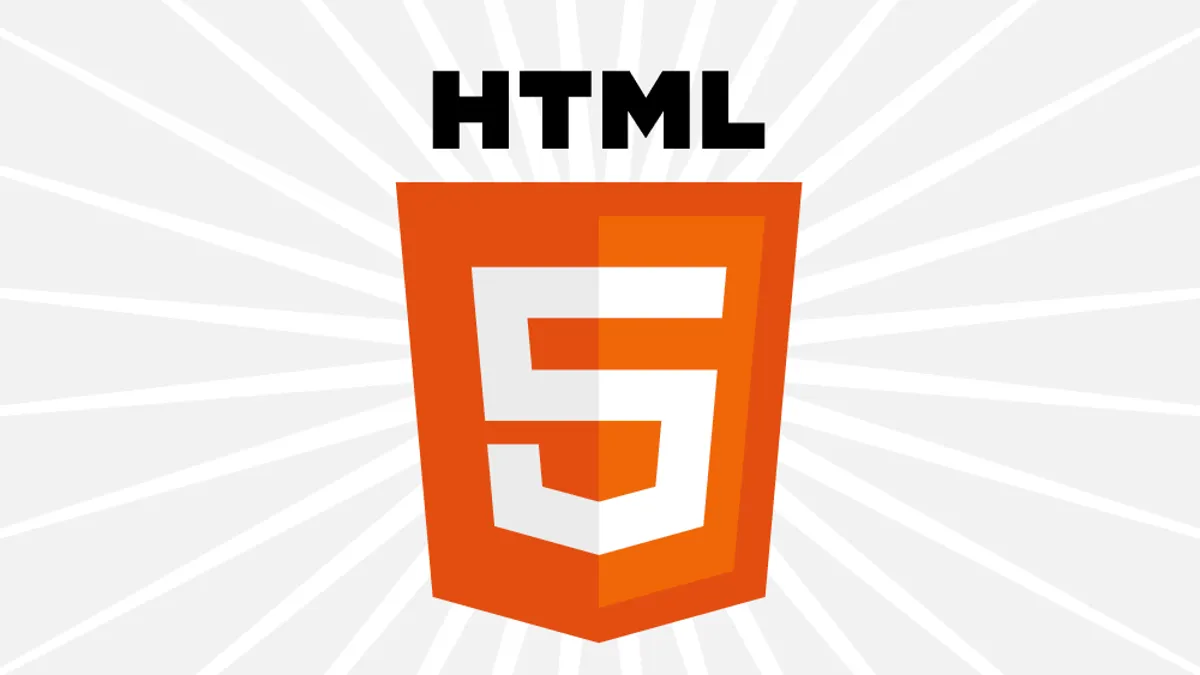
RoadMap to HTML in 6 days
Here's a suggested roadmap for learning HTML in six days:
Day 1: Getting Started
Introduction to HTML:
• Learn what HTML is and its purpose in web development.• Understand the basic structure of an HTML document (HTML tags, elements, attributes).
Setting Up Your Environment:
• Install a text editor like Sublime Text, Visual Studio Code, or Atom.• Creating Your First HTML Document:
• Write a simple HTML document with the html, head, and body tags.
• Add some basic content using headings, paragraphs, and lists.
Day 2: Understanding HTML
HTML Elements:
• Dive deeper into various HTML elements like headings, paragraphs, lists (unordered and ordered), links, images, etc.• Learn about semantic HTML tags such as header, nav, section, article, footer, etc.
Attributes and Forms:
• Understand HTML attributes and how they modify the behavior or appearance of HTML elements.• Learn about form elements like input, button, textarea, select, etc., and how to use them.
Day 3: Styling Basics with CSS
Introduction to CSS:
• Learn what CSS (Cascading Style Sheets) is and its role in web development.• Understand how CSS is used to style HTML elements.
• Inline CSS vs. Internal CSS vs. External CSS:
• Learn the different ways to apply CSS to HTML documents.
• Practice applying CSS styles inline, internally, and externally.
Basic Styling:
• Experiment with styling text (font size, color, alignment), backgrounds, borders, and margins/padding.Day 4: Intermediate HTML and CSS
Box Model:
• Understand the box model concept (content, padding, border, margin) and its significance in CSS layout.• Practice manipulating the box model properties.
Layouts and Positioning:
• Learn about different layout techniques like flexbox and CSS grid.• Experiment with positioning elements using relative, absolute, fixed, and static positioning.
Responsive Design:
• Learn about making your web pages responsive using media queries.• Practice creating layouts that adapt to different screen sizes.
Day 5: Advanced HTML and CSS Concepts
• Advanced Selectors:
• Learn about CSS selectors like attribute selectors, pseudo-classes, and pseudo-elements.
• Practice using advanced selectors to target specific elements.
Transitions and Animations:
• Understand how to add transitions and animations to HTML elements using CSS.• Experiment with different animation properties and keyframes.
• Accessibility and Best Practices:
• Learn about the importance of accessibility in web development.
• Understand best practices for writing HTML and CSS to ensure accessibility and maintainability.
Day 6: Project Day
• Build a Simple Website:
• Use your newfound HTML and CSS skills to build a simple website from scratch.
• Include multiple pages, navigation menus, images, and forms.
• Experiment and Refine:
• Experiment with different layouts, styles, and techniques.
• Refine your website based on feedback and your own observations.
Throughout this process, make sure to practice regularly and build small projects to reinforce your learning. Don't hesitate to refer to online resources, tutorials, and documentation whenever you encounter challenges or have questions. Happy coding!